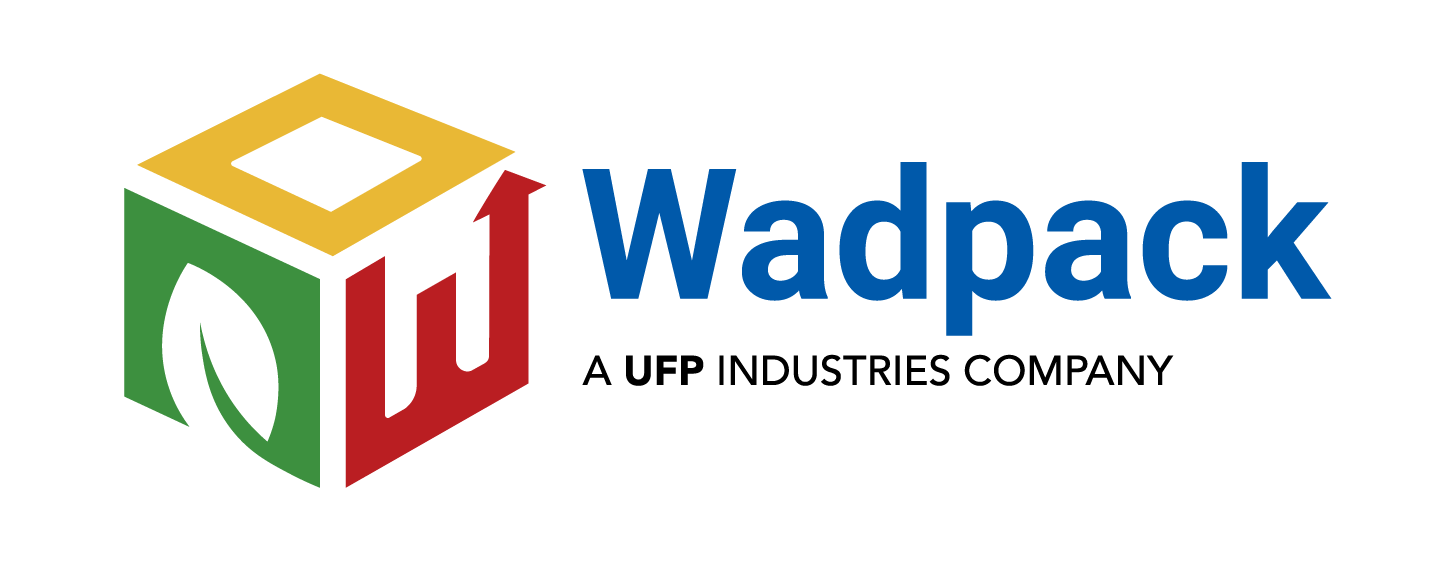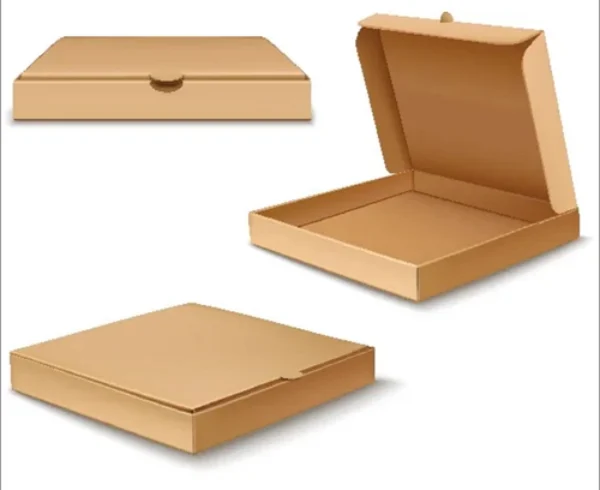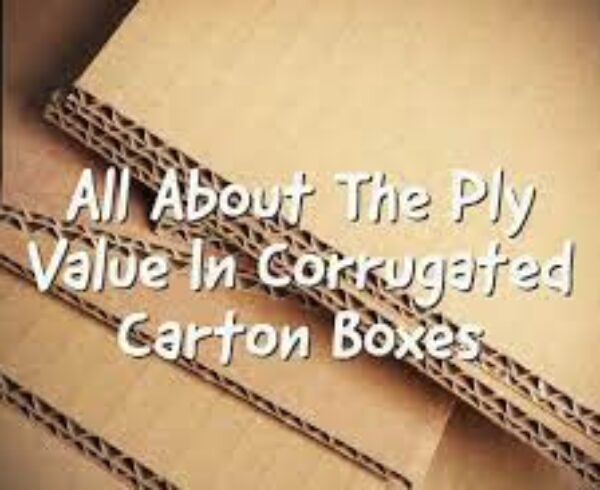Are there any environmental benefits to using a 7-ply corrugated box?

Yes, there are several environmental benefits to using a 7-ply corrugated box. Corrugated boxes are a common type of packaging used in the shipping and transportation of goods. They consist of an outer layer, a fluted layer, and an inner layer, which are all made from paper. The thickness of the box is determined by the number of layers, or “plies,” used in its construction. Here are some of the key environmental benefits of using a 7-ply corrugated box:
- Increased Strength and Durability: Corrugated boxes with more plies are generally stronger and more durable than those with fewer plies. This means they can be used multiple times before being recycled or disposed of, reducing the need for new boxes and the associated environmental impact of manufacturing them. In addition, stronger boxes are less likely to break or become damaged during shipping, reducing the amount of waste that results from damaged or lost goods.
- Better Protection of Goods: A 7-ply corrugated box provides more cushioning and protection for goods during shipping. This is because the fluted layer in the box acts as a shock absorber, reducing the likelihood of damage to the contents of the box during transit. By reducing the amount of damage that occurs during shipping, 7-ply boxes can help to reduce waste and the environmental impact of manufacturing replacement goods.
- Improved Recyclability: Corrugated boxes are highly recyclable, and using a 7-ply box can help to further improve their recyclability. This is because the additional layers of paper in the box can help to prevent contamination of the recycled material. When a box is recycled, it is typically broken down into its component parts (the outer layer, fluted layer, and inner layer) and then pulped and reprocessed into new paper products. By reducing contamination, 7-ply boxes can help to improve the quality of the recycled paper and reduce the amount of waste that is generated during the recycling process.
- Reduced Carbon Footprint: The production of corrugated boxes, like any other product, has a carbon footprint associated with it. This includes the energy required to manufacture the boxes, transport them to customers, and dispose of them at the end of their useful life. By using a 7-ply corrugated box, companies can reduce the overall carbon footprint associated with their packaging. This is because the increased strength and durability of the box means that fewer boxes are needed overall, reducing the amount of energy required to manufacture and transport them.
- Sustainable Material: The paper used in the production of corrugated boxes is a renewable resource, and many companies source their paper from sustainably managed forests. This means that the environmental impact of using paper for packaging can be minimized, as long as it is sourced responsibly and managed effectively. Additionally, paper is a biodegradable material, meaning that corrugated boxes will break down over time if they are not recycled.
In conclusion, there are several environmental benefits to using a 7-ply corrugated box. These include increased strength and durability, better protection of goods, improved recyclability, reduced carbon footprint, and the use of a sustainable and renewable material. By choosing to use 7-ply corrugated boxes for their packaging needs, companies can help to minimize their environmental impact and promote a more sustainable future.




Leave a Comment